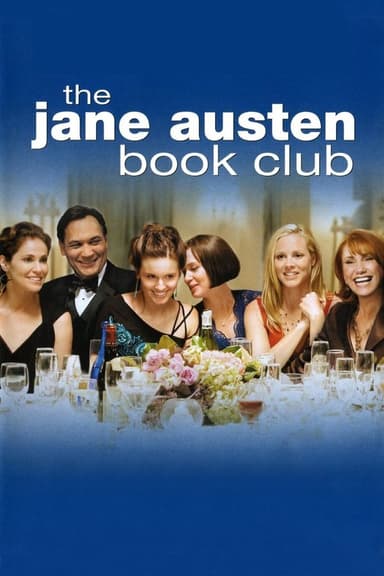
The Good House
2021 • Comedy, Drama, Romance • R
Hildy Good, a wry New England realtor and descendant of the Salem witches who loves her wine and loves her secrets. Her compartmentalized life starts to unravel as she rekindles an old romance and becomes dangerously entwined in one person’s reckless behavior.
Runtime: 1h 43m
Why you should read the novel
If you enjoyed the movie The Good House (2022), you’ll love diving into Ann Leary’s acclaimed novel of the same name. The book delivers a richly layered narrative, providing intimate access to Hildy Good’s thoughts, secrets, and complexities not fully explored in the film adaptation. Readers can soak in Leary’s sharp prose, witty observations, and the unique atmosphere of a New England coastal town through the lens of a deeply flawed yet endearing protagonist.
Reading the source novel offers a deeper, more immersive experience compared to the condensed storytelling of a film. Leary’s storytelling captures nuances in Hildy’s relationships, her struggles with alcoholism, and the social dynamics of her community in ways that dialog and visuals alone cannot match. By picking up the novel, you gain a better understanding of what motivates Hildy and those around her, enriching your appreciation for the story as a whole.
Discovering The Good House as a book lets you appreciate the subtle differences and additional subplots that don’t make it onto the screen. For fans seeking a more detailed exploration of themes like self-deception, small-town secrets, and redemption, Ann Leary’s novel provides both entertainment and thought-provoking insights. Choose the book for a more rewarding encounter with Hildy’s world.
Adaptation differences
One of the main differences between The Good House movie and Ann Leary’s novel is the depth of Hildy Good’s internal monologue. While the film provides glimpses into her thoughts through breaking the fourth wall and voiceover narration, the novel immerses readers directly in Hildy’s consciousness. This allows for a richer perspective on her struggles with alcoholism, her justifications, and her foibles, painting a far more complex picture of her psyche.
Another significant change lies in the depiction of supporting characters and subplots. The novel includes more detailed backstories and intricate relationships, especially with Hildy’s family, clients, and townspeople. The movie, in aiming for a tighter runtime, omits several secondary characters and trims down the complexities of the town’s network, focusing more on Hildy’s relationship with Frank Getchell and Rebecca McAllister.
The portrayal of addiction and recovery also differs notably. Ann Leary’s book takes a less dramatic, more nuanced approach, focusing on denial, everyday encounters, and the incremental realization of Hildy’s predicament. The film tends to accelerate her journey, incorporating more overt dramatic events to signal her crisis and its resolution, thereby simplifying the emotional arc for cinematic impact.
Lastly, the tone and conclusion of the story diverge between formats. The novel is darker, providing a more ambiguous, realistic view of recovery and community life, while the movie opts for a more hopeful and definitive resolution. For readers seeking a fuller experience with greater emotional detail and narrative subtlety, the book is the superior choice.
The Good House inspired from
The Good House
by Ann Leary










